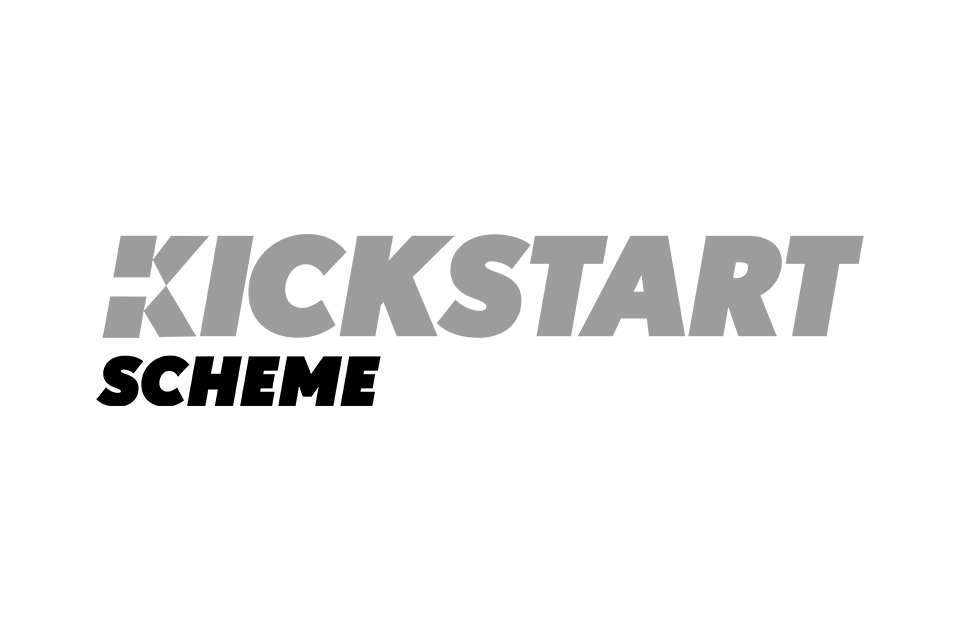UPDATED: The government has launched its £2bn Kickstart Scheme, an incentive for businesses who help at-risk young people get back into work.
Chancellor Rishi Sunak said that hundreds of thousands of jobs could be created with the allocated money; he called on “every employer, big and small, national or local” to hire as many Kickstarters as possible.
Sunak first announced the Kickstart Scheme in his Summer Statement back in July. We explain what the scheme is, how it works and how to apply.
>See also: Rishi Sunak Summer Statement what it means for small business
What is the Kickstart Scheme?
With the Kickstart Scheme, you can create six-month job placements for young people who are on Universal Credit and are at risk of long-term unemployment.
The job placements you create should encourage workers to develop skills and experience that will be useful to them in the jobs they undertake after the placement.
It’s available to businesses in England, Scotland and Wales.
How does the Kickstart Scheme work?
Funding will cover 100 per cent of the relevant National Minimum Wage for 25 hours a week along with associated National Insurance contributions and the employer’s minimum automatic enrolment contributions. A sum of £1,500 per job is also available for set-up costs, support and training.
You’ll get the funding if your application is successful. One thing you should know is that is that applications must be for a minimum of 30 placements. If you can’t offer this, you can partner with other organisations to reach the minimum.
If you’re the representative applying on behalf of a group of employers, you’ll receive £300 of funding to support you with the administrative costs of bringing these employees together.
Though the scheme itself isn’t an apprenticeship, participants can move onto an apprenticeship at any time during or after their placement.
Am I eligible?
Any organisation can apply for the funding, no matter the size, as long as the jobs that are being created are new.
They can’t replace existing or planned vacancies, nor can they cause existing employees or contractors to lose their employment.
The roles that you create must be:
- A minimum of 25 hours per week, for six months
- Paid at least the National Minimum Wage for their age group
- Should not require people to undertake extensive training before they begin the job placement
What’s more, each application should outline just how the placement will develop the participant’s skills and experience, including:
- Support to look for long-term work, including career advice and setting goals
- Support with CV and interview preparations
- Support for the participant with basic skills, such as attendance, timekeeping and teamwork
Once the placement has been created, it can be taken by someone else once the first applicant has completed their first six-month term.
How do I apply for the Kickstart Scheme?
This will depend if you have the minimum of 30 placements needed.
If you’re creating more than 30 placements, you can apply directly. Get started on your application form.
However, if you’re creating fewer than 30 placements, you must partner with other organisations to reach the minimum number.
You could pair up with:
- Similar employers
- Local authorities
- Trade bodies
- Registered charities
There’s more info on this in becoming a representative for a group of employers. Alternatively, you can turn to the Jobcentre Employer Partnership Team to help you find a representative.
This doesn’t seem to be aimed at my small business?
You would not be alone in thinking this.
Few small businesses would be able to meet the 30-placement minimum on their own, as observed by the FSB’s national chair, Mike Cherry:
“The Kickstart Scheme aims to help young people into work but many small businesses will be disappointed to see today’s announcement which feels more aligned to the needs of larger businesses.
“The time it will take to hire these 30 employees across several small firms could take months and result in increased costs for small firms at a time when they need our support the most.
“To put it bluntly, this scheme has not been designed with small businesses front of mind.”
Problems accessing the scheme could hit already weak demand. Last month, just one in five of small companies, with up to 10 employees, said they intended to use the Kickstart Scheme. That was before the details about having to use intermediaries were announced.
And even if you do decide to go down the intermediary route, the Kickstart Scheme gets even more complicated, with a government panel having to vet those applying to become intermediaries, with up to one month’s delay while applications are processed – and then a further wait for money to be paid out.
One business leader told the Telegraph the structure “very odd” and said it would put small companies off bidding. Another said they were “floored” by the details. A Treasury source said the scheme could be adapted if needed following the criticism.
The FSB said it is in discussions with officials over how to address the concerns.
A government spokesman said: “Small and medium enterprises are an absolutely key part of the Kickstart scheme which is why we have designed the system specifically to meet their needs.
“We will continue to work closely with them and their representative organisations to make sure that every business that wants to employ a Kickstart participant is able to.”








